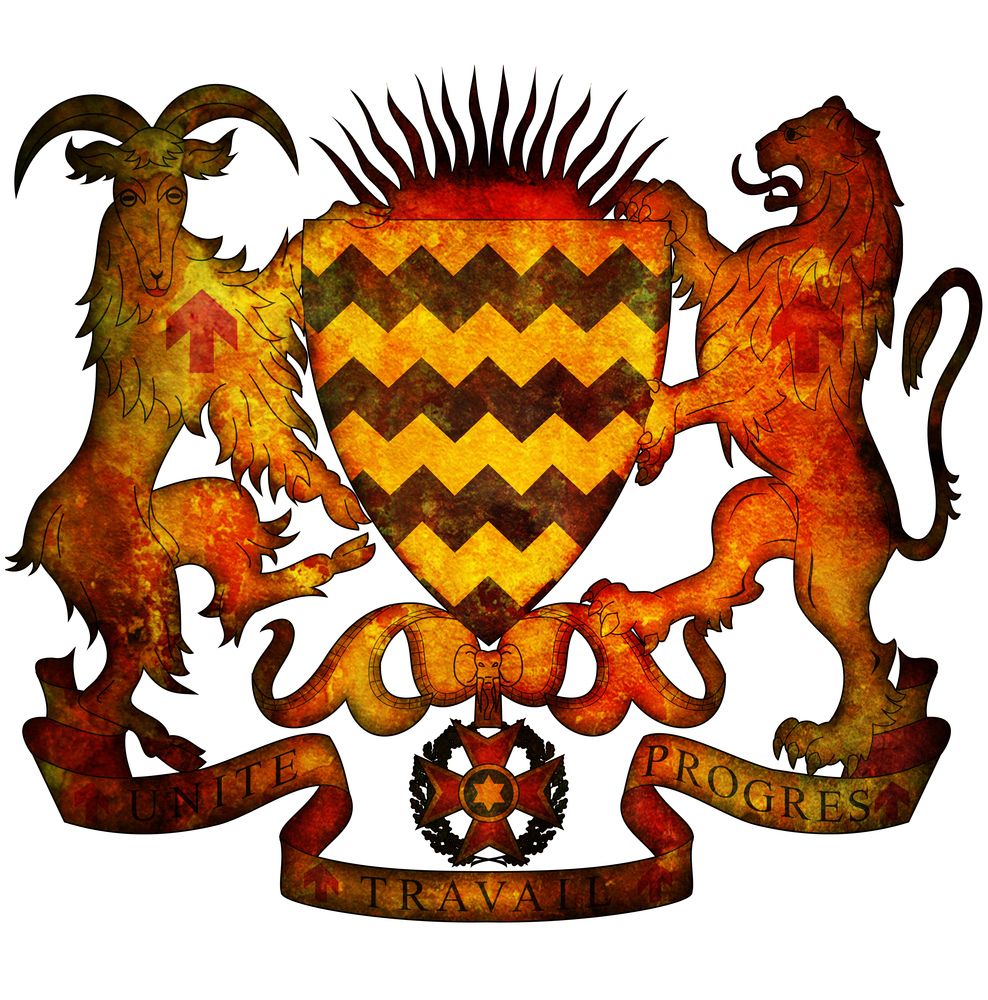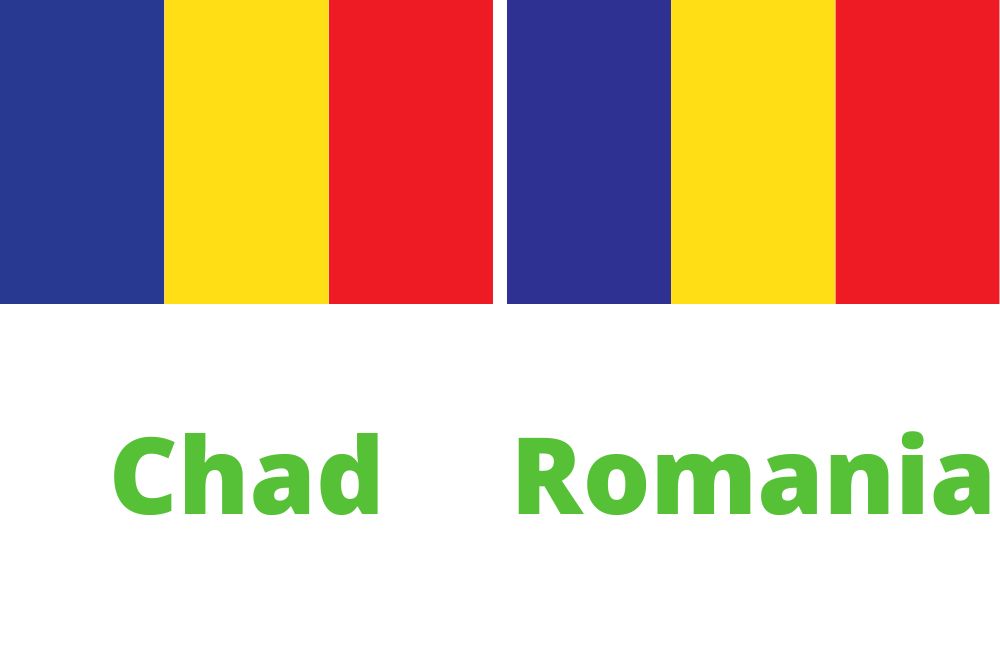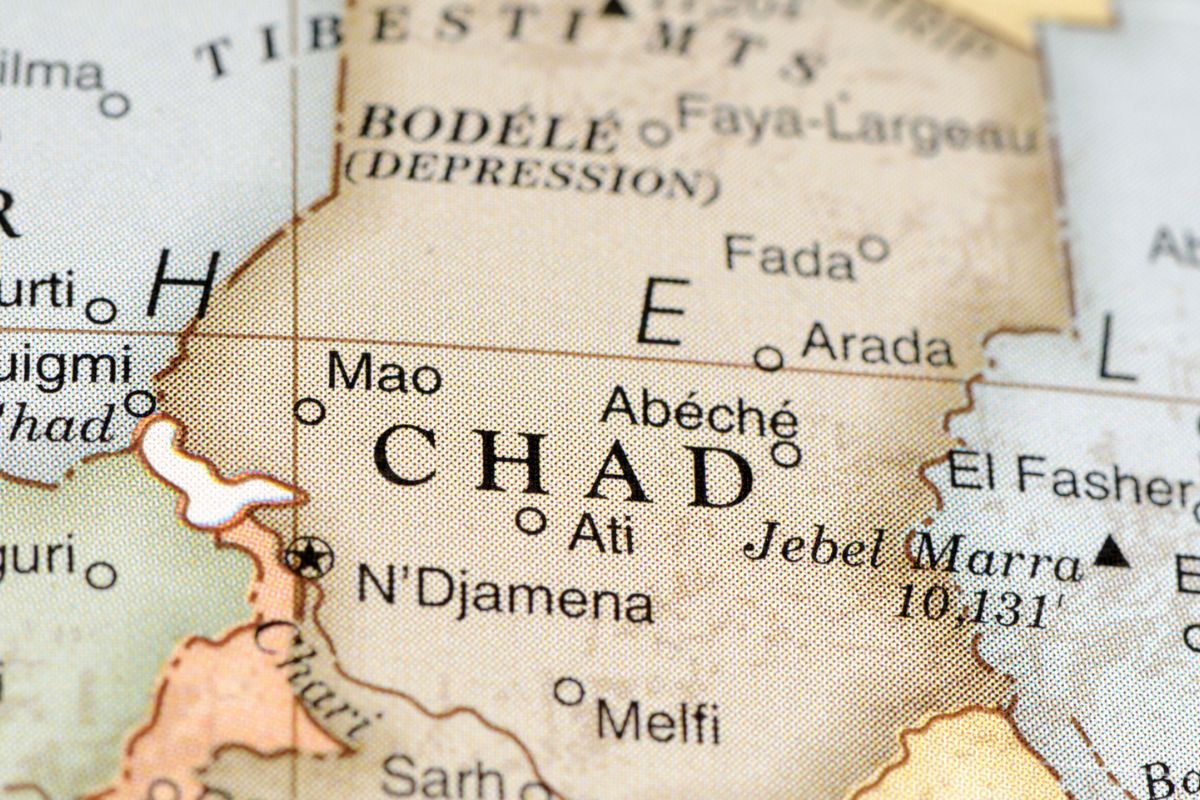I didn’t hear much of Chad growing up, perhaps only a little about the famous Lake Chad and the country’s enormity.
Many years later, I came across the country again when learning about the Great Green Wall of Africa through a series of curious personal studies on the Sahara Desert.
To discover Chad’s relationship with the scorching Sahara and a lot more about the country away from the desert, here are 17 fun facts to get you started.
1. Grains Are The Staple Food In Chad
The average Chadian enjoys at least one meal daily based on grain.
Millet, rice, and sorghum are the country’s staple grains, with millet being the most-eaten grain in the south. Maize is generally grown in the northern part of the country.
2. Named After Lake Chad
The Republic Of Chad is named after Lake Chad, the country’s largest lake and wetland. It is the fourth-largest water body in Africa. It’s also the third largest endorheic lake in the world—it has no evident outlet draining towards the ocean and is shared by Chad, Niger, Cameroon, and Nigeria.

The Central African lake covers an area of 1,350 square kilometers (521 square miles), although its size has changed over the centuries.
The lake was once known as Lake Mega Chad about 7,000 years ago when it covered over 400,000 square kilometers or 150,000 square miles!
3. Chad Is A Landlocked Country
Chad joins 44 other countries with no open access to any ocean. The country is straddled by the land borders of Nigeria, Sudan, Niger, the Central African Republic, Libya, and Cameroon.
The northern Central Africa country has a total area of 1,284,000 square kilometers or 495,755 square miles, making it the fifth largest country in Africa and the twentieth largest in the world.
4. Over 200 Ethnic Groups For Linguistic And Ethnic Diversity
The Republic of Chad is one of the most ethnically and linguistically diverse countries in Africa and the world, aptly earning it the codename The Babel Tower of the World.
The country has over 200 linguistic and ethnic groups across a population of 17,499,800 people in 2022.
About 51.8% of the population are Muslim practicing Islam, while 43.8% are Christians practicing Catholicism and Protestantism. The rest practice indigenous African religions.
5. Over 120 Languages Vs Two Official Languages
Although Chad has over 120 indigenous languages, it only has two official languages—French and Arabic (Modern Standard Arabic).
6. Chad’s National Symbols Are The Goat And The Lion
The two national symbols of Chad are the lion and the goat, representing the southern and northern parts of the country, respectively.

The country’s coat of arms features the two symbols standing on opposite sides and separated by a blue and yellow shield with a rising sun.
7. The Country Of Only Television Station
For the longest time, the Republic of Chad had only one television station—the Tele-Tchad, owned by the government.
According to Privacy Shield, the country now has three operational TV stations following the addition of Electron TV and Tele Al-Nasr.
Radio is still the largest broadcasting method, with roughly 40 privately-owned radio stations operating in the country following President Idriss Deby’s liberalization of the media since the 1990s.
8. Where Camel Racing Is A Thing
The Toubou tribe of Chad, who live in the Tibesti Mountains, practice camel racing as a competitive community sport between villages. Tourists usually visit the area to witness and participate in camel races.
9. Codenamed The Dead Heart of Africa
The Republic of Chad earned itself a not-so-pleasing nickname because of its proximity to the largest hot desert in Africa and the world. The Sahara Desert occupies much of northern Chad, a region with very limited annual rainfall.
10. Chad Has Two UNESCO World Heritage Sites
In Chad, there are two inscribed sites on the World Heritage List—the Lakes of Ounianga as a natural site and the Ennedi Massif as a natural and cultural site.
The Zakouma National Park has been on the Tentative List since 2005. It is the nearest Big Five home to Europe, meaning you can see the Big Five more cheaply without having to travel too far if you are in Europe.
11. Chad’s Capital Was Initially Called Fort Lamy
When the French fought and defeated slave trader Rahib Al-Zubayr in the Battle of Kousseri in 1900, they named the place Fort Lamy after a battle-slain French army officer.
Fort Lamy was renamed N’Djamena and is Chad’s largest city and national capital.
Chad gained independence from France as part of French Equatorial Africa on 11th August 1960 and became known as the Republic of Chad.
12. Rich In Gold, Uranium, And Crude Oil
Like most other nations in the Sahel region, Chad is blessed with rich crude oil, gold, and uranium reserves. These three resources make up over 95% of the country’s total exports.
13. Chadians Believe The Kakaki Embodies Power
The Kakaki, also called the Waza, is a 3-4 meters long Hausa traditional metal trumpet that signifies power.
It’s used by Chadians, Ghanaians, Nigerians, Burkinabes, Benineses, and Nigeriens.
14. Chad Was Home To The Kanem Empire
The Kanem Empire, established in the 9th century to the northeast of Lake Chad, thrived until the 19th century for almost one thousand years. It was known as the Kanem-Bornu Empire in its later years.
15. Single-Syllable, Single-Vowel Name
Come to think of it: The name Chad is the only country name in the world made of a single-vowel monosyllable. I don’t know about you, but I salute the person that first discovered this phenomenon! What were they even thinking about?! But there it is.
16. Sahara Desert’s Highest Summit Is In Chad
Emi Koussi, or Mount Koussi, is the highest summit in the Sahara Desert at 3,415 meters (11,204 feet).
The shield volcano is found in Chad at the southeast edge of the Tibesti Mountains. It looks like a warrior’s shield, hence the name shield volcano.
17. The Flag Of Chad Nearly Resembles Romania’s
The flag of the Republic of Chad is almost identical to that of Romania. Spot the difference:

Yes, these are different flags. The only distinction is in the color shades, with the Romanian flag being darker.

